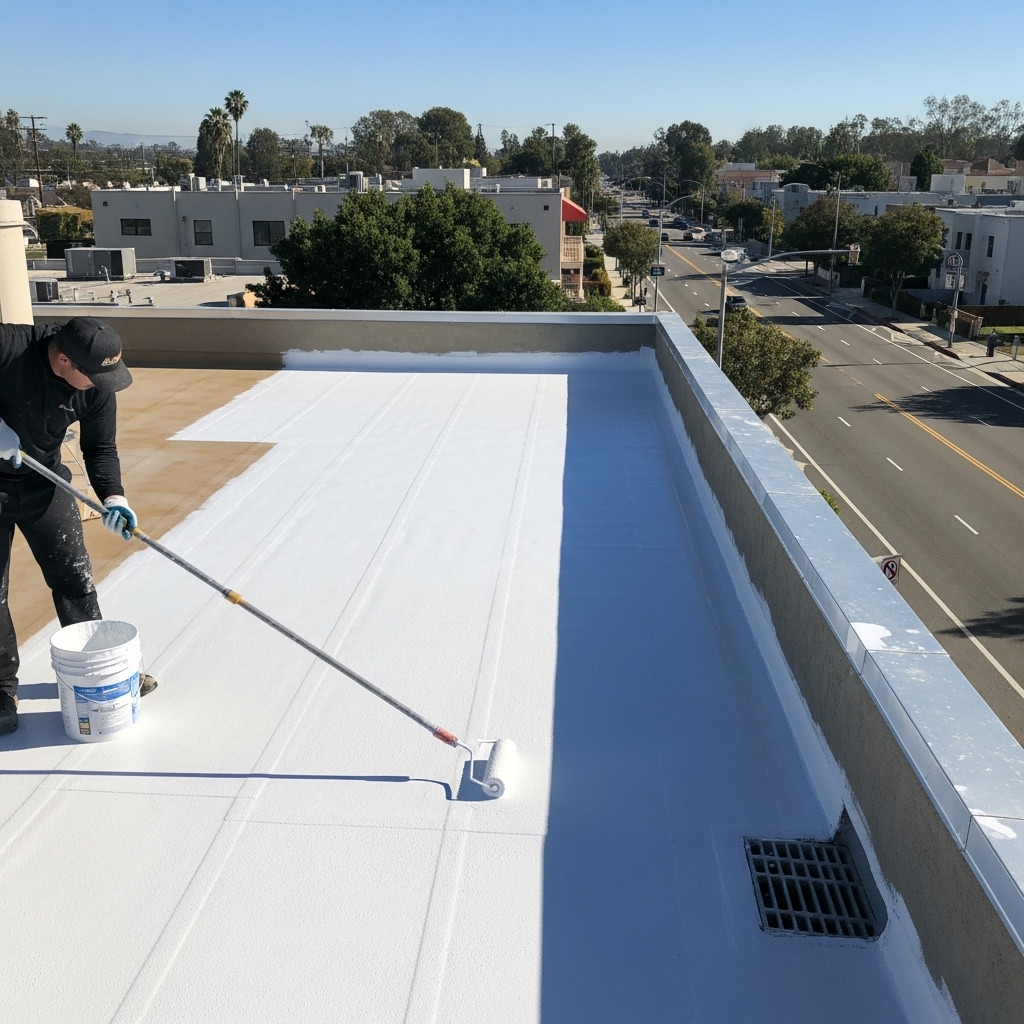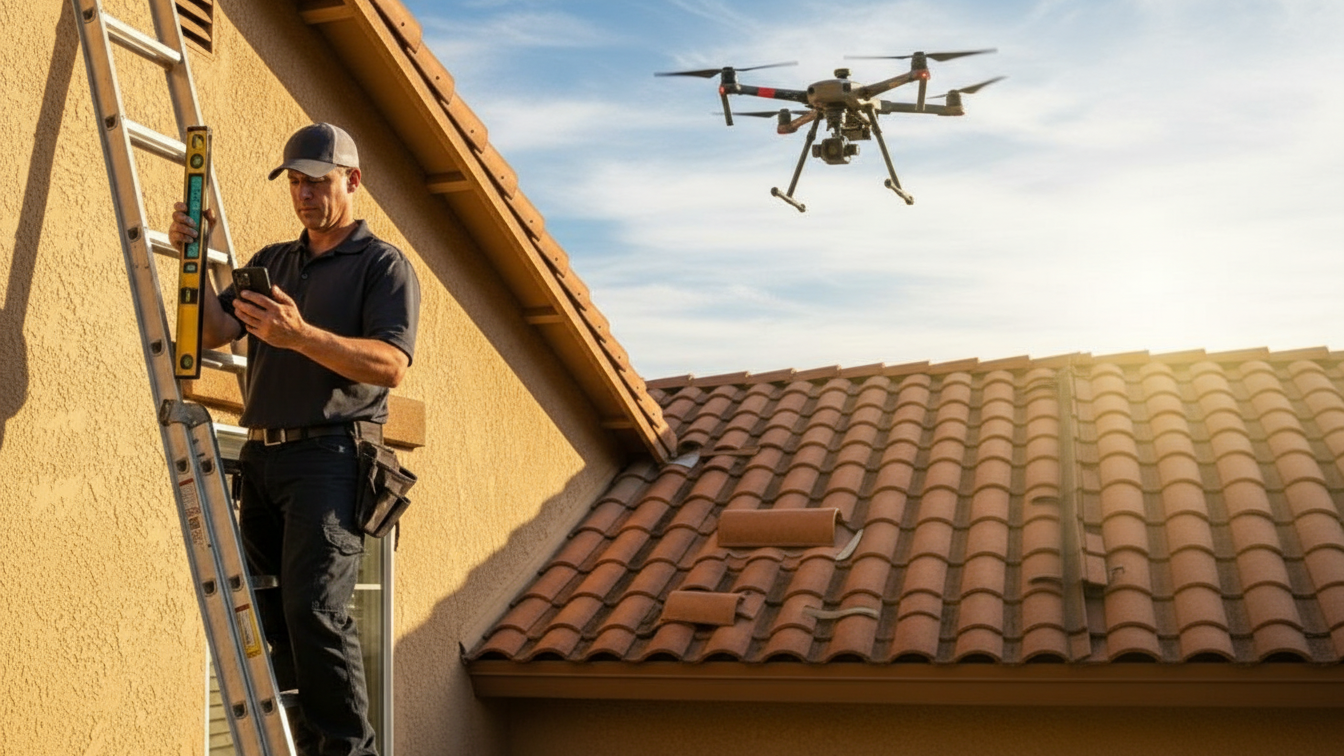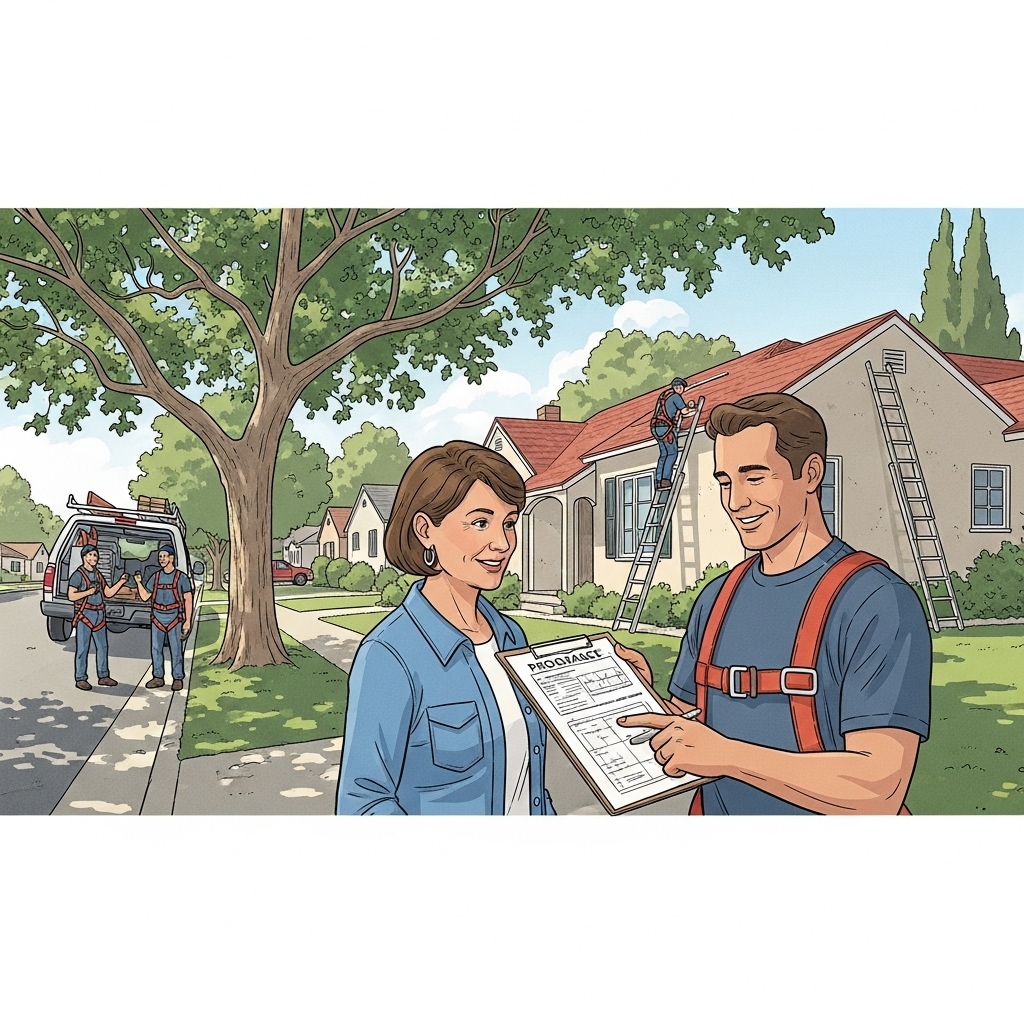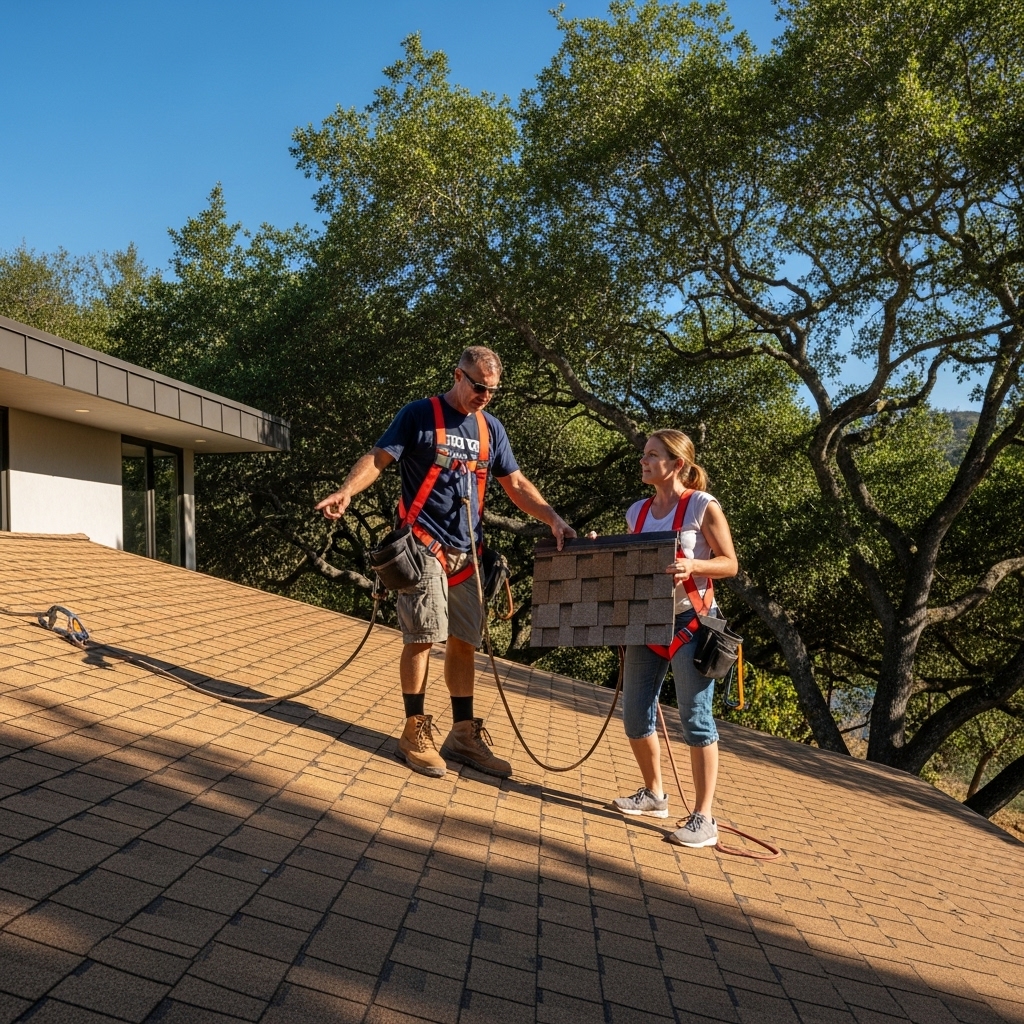In Tarzana, the idea of coating a flat roof usually starts with a practical question: what will it take to refresh protection, improve reflectivity, and extend service life without a major tear-off? While the title of this conversation mentions cost, the real day-to-day decisions in our neighborhood are driven by the conditions on your roof, the goals you set, and the timing you choose. As a local who has inspected countless rooftops along Ventura Boulevard and in the residential pockets south of the 101, I can tell you that two roofs of similar size may call for very different coating plans. That is because coatings magnify whatever lies beneath: cleanliness, adhesion, detail work, and drainage all shape the workload before the first bucket opens. The better you understand these factors, the clearer your path to a successful outcome—one that complements your existing flat roofing while preparing your building for our long, bright summers.
A coating project is like a relay race with three legs: preparation, application, and cure. Preparation is most often the longest leg, and it’s where your roof’s story is revealed. Old repairs, chalky surfaces, ponding areas, and move-prone seams do not disqualify a roof from coating, but they do dictate the scope of prep. In Tarzana, dust accumulates quickly, and pollen or leaf matter from our landscaping can create a thin, stubborn film that interferes with adhesion. A thorough cleaning—typically a controlled wash and, on some roofs, spot priming—sets the foundation for success. Around penetrations and parapets, reinforcing fabric embedded in compatible mastics can turn small concerns into durable details that the coating will seal and protect.
What Drives the Workload on a Tarzana Coating Project
Every flat roof is a landscape of micro-surfaces. Granulated cap sheets, smooth single-plies, and previously coated sections each ask for a slightly different touch. The more varied the surfaces, the more nuanced the prep. We also pay close attention to drainage. Even a shallow depression that holds water for a day or two can stress the topcoat over time. While modern high-solids products have improved resistance to ponding, it’s still wise to address the worst low spots before coating. In many cases, small tapered repairs or additional reinforcement around scuppers and drains can change the way water behaves, helping the coating perform as designed.
Choosing Between Acrylic and Silicone Topcoats
In our climate, the debate often centers on reflectivity, ponding tolerance, and recoat options. Acrylics offer strong reflectivity and breathability, making them popular for roofs with good positive drainage. Silicones shine where occasional ponding occurs, thanks to their water resistance and UV stability. The right choice depends on your roof’s substrate, its slope, and the maintenance pattern you expect to follow. Many building owners prefer a system approach—using compatible primers, mastics, and a topcoat that work together—so that each layer supports the next. As ever, compatibility with your existing roof is critical; some surfaces benefit from special primers to ensure proper adhesion and a long-lasting finish.
Access, Weather Windows, and Scheduling
Tarzana’s weather offers generous windows for coating, especially spring through early fall, but we still plan around heat and dust. Early starts can keep surfaces within ideal temperature ranges for adhesion, while mid-day winds may kick up fine debris that we want to avoid landing on a fresh coat. Access shapes workflow too. Simple roof ladders and clear paths mean fewer interruptions, while complex access or multiple levels increase staging and setup time. On commercial buildings, coordinating around tenant schedules, deliveries, and HVAC shutdowns protects fresh coatings during their initial cure.
Surface Condition: The Heart of Preparation
Coatings amplify the character of the roof beneath. A cap sheet with embedded granules may require heavier coverage and a bit more attention to seams; a smooth single-ply might call for a primer meant to promote adhesion and resist plasticizer migration. Previously coated roofs call for an honest assessment: is the old coat firmly bonded, or is there widespread chalking and peeling? Where adhesion is weak, localized removal and rebuilds deliver better long-term results than coating over questionable layers. The success of a coating lies more in what happens before the application than during it.
Detail Work Around Penetrations and Edges
On Tarzana’s flat roofs, penetrations tell a big part of the story. HVAC curbs, vent stacks, skylights, and conduit supports each ask for proper flashings. Coatings are not a substitute for missing or failed flashings; they’re a protective envelope that relies on those details. Before coating, we tune up these areas, often embedding polyester fabric in mastics to create flexible, reinforced transitions. It’s a satisfying process because these tuned-up details take stress off the coating and help the entire system perform as a unit.
Why “Cost” Is Really About Scope and Goals
While it’s common to think of coating in simple terms, the real calculus is how much preparation is needed, what topcoat is best for the conditions, and how many passes deliver the performance you want. Some owners prioritize reflectivity to reduce heat load inside; others focus on shoring up problem areas and improving water management. The right plan answers those priorities while respecting the realities on your roof. When we walk a Tarzana property together, we’re looking to transform a list of observations into a clear scope that boosts longevity and reliability without overreaching what the current roof can support.
Mid-Project Checks and Quality Control
As coatings go down, we pay attention to coverage, thickness, and the cleanliness of each subsequent pass. Edges and penetrations get measured scrutiny because they are the first lines of defense when summer heat hits or when a winter shower tests the membrane. Around the project midpoint, it’s often helpful to walk the roof with the owner, reviewing sections that received extra reinforcement, confirming that drainage areas are behaving as expected, and discussing maintenance habits that will keep the new surface performing well. It’s also a good time to think ahead to future improvements or light reroofing plans, making sure the coating plan you chose aligns with long-term goals for your flat roofing system.
Maintenance After a Coating
Once the coating has cured, maintenance becomes simple but important. Keeping drains clear, inspecting penetrations after the first heat wave, and avoiding unnecessary roof traffic protect your investment. Tarzana’s dry spells can encourage dust buildup; a gentle cleaning during cooler hours preserves reflectivity and helps you spot small issues before they grow. If you ever add new equipment, make sure new penetrations are flashed properly and tied into the coated field with compatible materials so that the system remains continuous.
What Success Looks Like on a Tarzana Roof
Success is measured by a quiet roof—no surprises after a storm, a cooler surface under summer sun, and details that look and feel well-bonded. It’s also measured by how the building lives: fewer hot spots inside, less worry during Santa Ana winds, and the confidence that comes from seeing water roll exactly where it should. A well-planned and well-executed coating does not call attention to itself; it simply supports the life of the building and buys time for future decisions.
Frequently Asked Questions
Can every flat roof in Tarzana be coated?
Not every roof is a good candidate. Widespread saturated insulation, extensive blistering with weak adhesion, or failing flashings may call for targeted repairs or partial replacement before coating. A candid assessment ensures the coating has a sound foundation.
How do I choose between acrylic and silicone?
Look at drainage and substrate. Roofs with strong positive slope often suit acrylics well, especially when reflectivity is a priority. Roofs with occasional ponding may benefit from silicone. Your existing surface and maintenance preferences also guide the choice.
What preparation steps are non-negotiable?
Thorough cleaning, addressing loose or peeling prior coatings, reinforcing seams and penetrations, and confirming proper drainage are essential. Skipping prep undermines adhesion and shortens the service life of the new coating.
How long does a coating take to cure?
Cure times vary with product and weather. In Tarzana’s warmth, initial cure may occur the same day under favorable conditions, with full cure taking longer. Protecting fresh coatings from dust and foot traffic during early cure is important.
Will a coating make my interior cooler?
Highly reflective coatings can reduce rooftop heat gain, which may translate to more comfortable interior conditions and less stress on HVAC systems. Results depend on insulation, building usage, and the reflectivity of the selected system.
What maintenance is required after coating?
Periodic inspections, drain clearing, and gentle cleaning as needed are usually sufficient. Promptly addressing any new penetrations or incidental damage with compatible materials keeps the system intact.
Can I coat over areas I previously patched?
Yes, provided the patches are compatible and well-bonded. Often, we reinforce those sections and prime where appropriate before applying the topcoat so the system cures as a continuous film.
Speak With a Local Flat Roof Coating Specialist
If you are considering a coating for your Tarzana home or business, let’s walk the roof together and map a scope that supports your goals. We will evaluate the surface, tune up critical details, and recommend a coating approach that makes sense for your building and our climate. Schedule a visit today to get clear, practical guidance and a plan that respects what your roof needs now and in the seasons ahead. For informed choices and careful application anchored in local experience, talk with our team about your flat roofing options.






